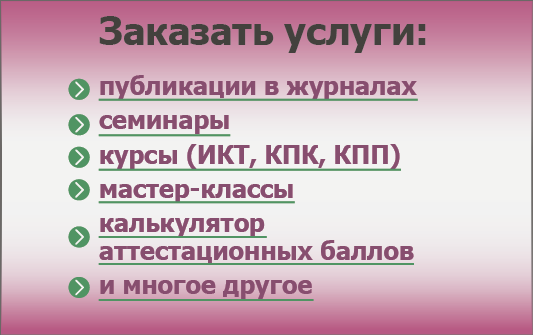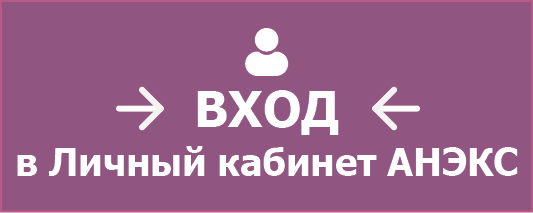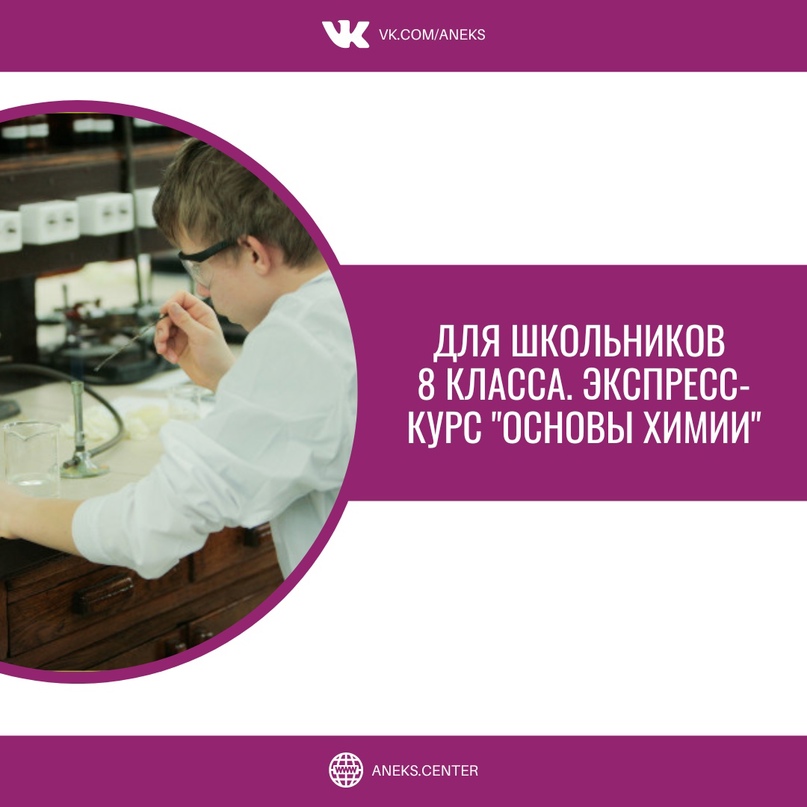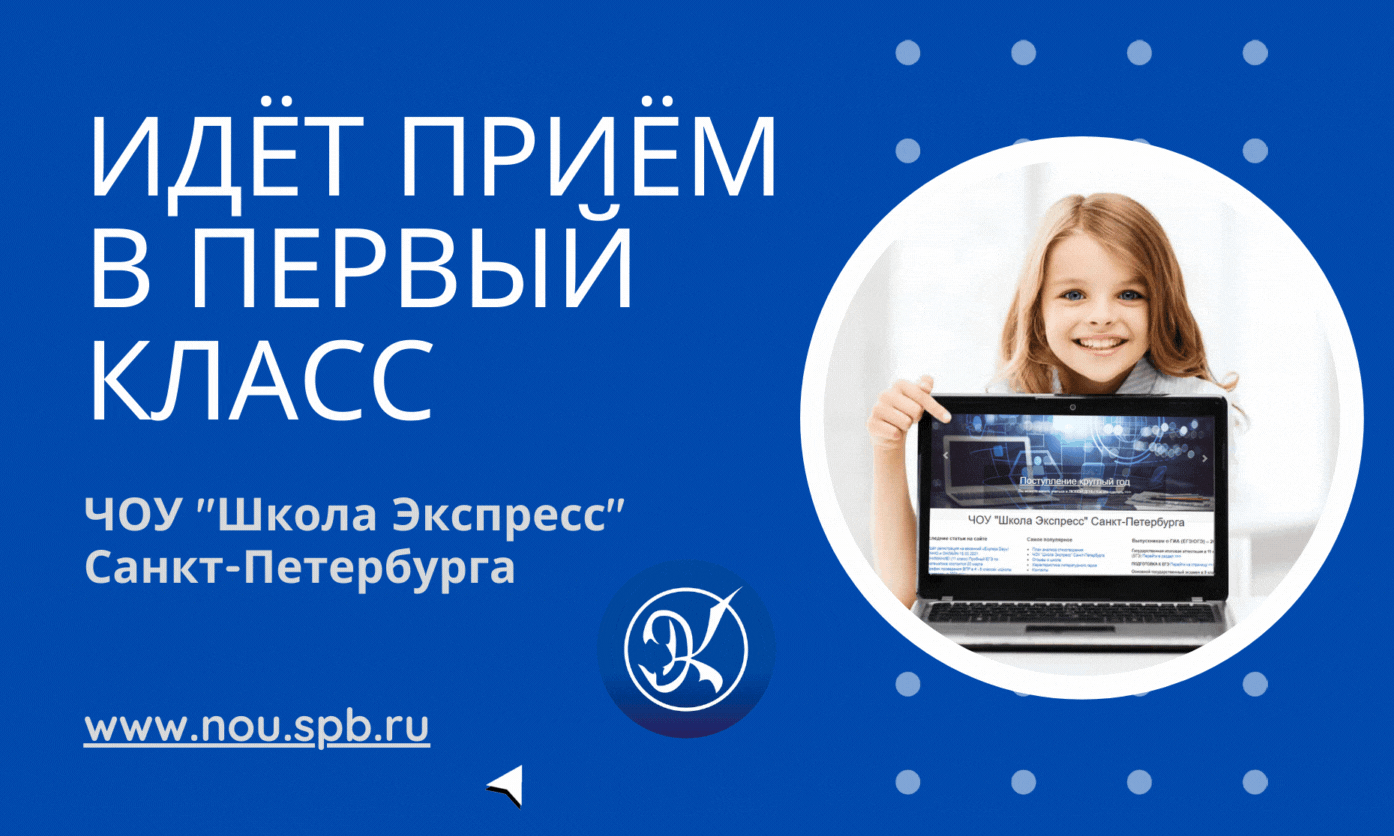Космос
Кодолова Н.В.; Дъякова Г.Г.
Пояснительная записка
Урок был задуман с применением обучающей технологии - ролевая игра. С этой целью учащиеся были разделены на две группы. Одна группа представляла собой ученых, занимающихся исследованиями космоса. Другая группа – учащихся, которые в школе знакомились с достижениями российских и американских учёных в области освоения космоса, но не уверены, что исследования стоят тех средств, которые на них тратятся. В процессе подготовки урока группа «учёных» подбирала материал в пользу важности космических исследований и готовила презентацию знакомящую группу «школьников» с применением в нашей повседневной жизни разработок, сделанных для космических миссий. В свою очередь группа «школьников» готовила презентацию, демонстрирующую их знания о том, в каком направлении сейчас развиваются исследования космоса. Кроме того группа «школьников» подбирала материал касающийся истории освоения космоса. Материал подбирался по двум направлениям: достижения Советского Союза и достижения США. На основе подобранного материала делались два плаката, а сам материал прорабатывался классом в процессе подготовки к уроку.
Другая технология, применённая на уроке – дебаты. После выступления группы «учёных» и «школьников» со своими презентациями группы начинают дискуссию на тему целесообразности траты миллиардов на исследования космоса. Выражения «согласия и несогласия» используемые учащимися в процессе дискуссии были представлены на плакатах, чтобы учащиеся могли постоянно видеть их и использовать в обсуждении.
Технологии, применённые на уроке, способствовали взаимодействию между собой участников образовательного процесса. Учитель при этом являлся равным среди равных: он задавал вопросы, делал предположения и высказывал своё мнение. Урок показал мотивированность детей на устно-речевое высказывание. Соревновательный элемент, умение быть самостоятельными и в тоже время работать в группах и элемент исследовательской работы вызвали интерес у учащихся и желание высказаться.
Сценарий урока «Важность космических исследований»
Вид урока:обобщающий, в форме дебатов.
Цель урока: формирование личностных УУД, регулятивных, познавательных и коммуникативных УУД.
Личностные УУД: личностное самоопределение и ценностный выбор в решении дилеммы.
Регулятивные УУД: в сотрудничестве с учителем ставить задачи, составление плана и последовательности действий для решения задач.
Познавательные УУД:Применение методов информационного поиска с помощью компьютерных средств, умение строить логическое рассуждение включающее установление причинно-следственных связей в устной и письменной форме.
Коммуникативные УУД: инициативное сотрудничество в поиске и сборе информации, умение учитывать разные мнения в ходе ведения дискуссии, умение формулировать собственное мнение и позицию, умение строить монологическое высказывание и владеть культурой диалога.
Техническое оснащение урока:
1. классная доска
2. плакаты по теме, поощряющие учащихся к высказыванию
3. интерактивная доска
4. плакаты об истории освоения космоса, сделанные учащимися
5. раздаточный материал для учащихся
Ход урока:
I. Сообщение цели урока.
|
Т. |
Good morning, children. Today we are going to speak about space exploration and about the largest and most expensive project of all time the International Space Station. You know that there are a lot of arguments about the large amounts of money spent on space research. In this way we are going to organize our lesson in the form of discussion. I’ll divide you into two groups - a group of scientists who are interested in their research and a group of students who aren’t sure it’s well worth the money. |
II. Разогрев. Подведение к обсуждению темы урока.
|
T. |
To start with, I’d like you to remember some general terms. What is the space station? |
|
P. |
It’s a large satellite made up of different parts. Its finished parts are taken into space by rockets and Shuttles, where they are joined together by astronauts. |
|
T. |
What is the satellite? |
|
P. |
It is any object in space that orbits around a planet. There are many man-made, or “artificial”, satellites such as spacecrafts and “natural” satellites called moons. |
|
T. |
What is the module? |
|
P. |
It is an independently-operable unit that is part of a larger space vehicle. |
Учащиеся дают ответы, опираясь на ранее предложенный им и изученный материал (приложение №2).
III. Факты из истории исследования космоса.
|
T. |
Now, children, look at the posters. What do you think they show? |
|
P. |
They show some facts from the history of space exploration. |
|
T. |
O. K. Let’s remember how it all started: - What was the first country to put astronauts on the Moon? - What are the names of these astronauts? - When was the first successful mission to the Moon? - Why is walking on the Moon more difficult than on the Earth? - Who was the first human to journey into the outer space? - When did the spacecraft Vostok complete an orbit of the Earth? - Which was the first country to launch an artificial satellite? |
|
Материал для ответов подбирается учащимися самостоятельно в процессе подготовки к уроку, и представляется в виде 2 плакатов. Один плакат посвящается Ю. Гагарину, второй плакат – высадке американских астронавтов на луну. Презентация материала и обсуждение проводилось на предыдущих уроках. На данном уроке материал обобщается и закрепляется (приложение №3). |
|
IV. Презентация о жизни космонавтов на международной космической
станции.
|
T. |
I think you all know that an International Space Station launched in 1998 has been orbiting our planet. This station is a joint effort of many countries. Please, N. will you tell us about life on the station. What is the astronauts’ day like? What opportunities does the station open in space research? |
|
Презентация составляется учащимися из группы «студентов» под контролем учителя в процессе подготовки к уроку. Двое учащихся выступают со своей презентацией (приложение №1 и №4). Остальным предлагается внимательно прослушать её с тем, чтобы потом разгадать кроссворд (см. пункт V). |
|
V. Разгадывание кроссворда.
|
T. |
I hope you enjoyed the presentation. To check how attentive you were and get some fun, let’s do a crossword puzzle now. |
|
Задание выполняется в форме игры (приложение №5). Победитель получает приз. |
|
VI. Обсуждение темы «Оправдывают ли космические исследования те средства, которые на них тратятся?»
|
T. |
Space exploration requires lots of money. Can we spend this money if we know that there are people who don’t have enough food and can’t afford to see a doctor? Let’s discuss this. |
|
Учащиеся из группы «студентов» начинают дискуссию, приводя свои аргументы против столь значительных трат. Учащиеся из группы «учёных» приводят аргументы в пользу исследований, представляя свою презентацию (приложение №6). Наиболее удачные аргументы кратко выписываются на доске (приложение №7). Аргументы подготавливаются группами заранее. Выражая своё мнение, учащиеся используют выражения: -Youareright… -I partly agree with you but… -AsIseeit… -If you ask me… and so on. (Плакаты с выражениями висят над доской). В процессе обсуждения учитель фиксирует на доске баллы за убедительные доводы каждой команды. В конце подводится итог по количеству доводов. |
|
VII. Домашнее задание.
|
В качестве домашнего задания учащимся предлагается написать эссе, выражающее свое мнение, используя составленную на уроке таблицу аргументов. (Приложение 8.) |
VIII. Подведение итогов урока. Оценка работы учащихся.
В конце урока подводится итог по количеству доводов. Затем учитель даёт анализ ошибкам, которые встретились в обсуждении.
Приложение № 2
Terms.
The space stationis a large satellite made up of different parts. Its finished parts are taken into space by rockets and Shuttles, where they are joined together by astronauts. Owing to the space station cosmonauts and astronauts can spend weeks and months living and working in space.
An asteroid is a space rock.
An astronaut is a human space traveler.
Gravity the natural, invisible force of attraction between objects – such as the pull between the Earth and the Moon.
A satellite is any object in space that orbits around a planet. There are many man-made, or “artificial”, satellites such as spacecrafts and “natural” satellites called moons.
Orbit means to move around something at the same distance each time.
A module is an independently-operable unit that is part of a larger space vehicle.
Planet is a large, ball-shaped object in space that orbits a star. The planets of our solar system orbit the Sun.
Oxygen is the name of the gas that plants and animals on Earth need to survive.
Приложение № 3
Yuri Gagarin
Yuri Gagarin was born on 9 March 1934, in Smolensk, Russia. When he left school, Yuri decided to train as an engineer, so he enrolled at a technical college on the outskirts of Moscow. While he was a student, he became interested in aircraft and took lessons at a local flying school. Soon it became obvious he was a talented pilot, so when he finished his studies, he joined the Soviet Air Force. This proved to be a turning point in his life. He was chosen to be a test pilot, flying new and experimental aircraft. Yuri was selected to join a special group of the country’s best test pilots and went on to further training to be a cosmonaut.
Yuri’s epic one-hundred-and-eight-minute flight into space on 12 April 1961, made headline news all over the world. It was man’s first venture into space and the beginning of his journey to the stars. As the pilot of the spaceship, Gagarin proved that a human could survive lift-off, re-entry and weightlessness and return safely to Earth. What’s more, he was able to record important data which future astronauts would use.
Journey to the Moon
Apart from planet Earth, the Moon is the only place in space where human beings have walked. There have been 6 successful missions to put people on the Moon, all between 1969 and 1972. A total of 12 astronauts have explored the surface.
In 1969, three American astronauts set off from Earth in a space capsule called Apollo 11. The capsule was launched into space by Saturn V, a powerful rocket. In space the Apollo craft separated from the rocket and made its way towards the Moon. When it reached the Moon, a special lunar landing module, called the Eagle, dropped down onto the surface with two astronauts inside.
Armstrong and Aldrin spent nearly a whole day on the surface. Meanwhile, Michael Collins orbited the Moon inside the Apollo 11 command module. The Moon’s gravity is much weaker than Earth’s. This means that objects on the Moon are not pulled down towards the ground as strongly. This makes walking difficult. In fact, the easiest way to get about is by hopping like a kangaroo! A Moon astronaut could jump almost 6 times as high as a person on Earth. The Apollo 11 command module, Columbia, made a safe return to Earth by falling into the Pacific Ocean. This is called a splashdown.
Приложение№ 4
Living up in Space.
Microgravity is fun.
Microgravity means a very small degree of gravity. The prefix “micro” comes from the Latin word meaning “one-millionth”.
Astronauts all agree that living in microgravity is fun. You can fly, float and even flip if you want t! It’s like moving in a swimming pool; only you are much, much lighter. You can push off with a fingertip and move across the whole space module!
But if you stay in microgravity for months, your muscles become softer and your bones become thinner. So cosmonauts and astronauts must do a lot of exercising!
Days and nights.
Living on the ISS (International Space Station) also means you don’t experience normal days and nights. That’s because as the space station goes around the Earth (making a full orbit once every 90 minutes), the astronauts on board see 16 sunrises for every sunrise you see.
To keep things from getting too confusing, space station residents stick to the same kind of schedule they’d have on the planet Earth.
Sleeping under the stars.
In microgravity there is no need for a bed. You can snooze while floating upside down in the middle of a room. But there’s a chance you can bump against computer controls. So at night, ISS’s residents strap themselves into sleeping bags that hang from the walls.
Space food.
Supply spaceships bring meals to the station only once a month. That means space food needs to stay fresh for a long time.
Years ago, astronauts had to squirt their food out of tubes – just like toothpaste. Luckily today’s ISS is equipped with water, microwave ovens and fridges, allowing the people on board to eat more “normal” types of food, including fruit, vegetables and ice cream! Some space foods, such as scrambled eggs, are dried out. You just add water. Others, such as hot dogs and beef steaks are sealed in special plastic bags. You just heat the bags before mealtime. But if you need some pepper, you can’t shake it out of a shaker, because it would fly over the module! That’s why space citizens have salt and pepper mixed with liquids – that way, they can squeeze them directly on their meals. One day astronauts hope to grow fresh fruit and vegetables in space.
When it’s time for a meal, the ISS residents fly to the Zvezda module, where there is a fold-down table. To keep their meals from floating away, they often use a special kind of scotch. They eat their meals more or less like you would at home – with a spoon and a fork. But if someone spills their food or drink, watch out! Instead of dropping to the floor, the droplet or crumb will float off, and it will have to be chased down and swallowed before it gets onto any ISS equipment!
Space clothes.
When astronauts ride to and from the ISS on either a Russian Soyuz spaceship or a space shuttle, they have to wear special space suits. But once on ISS, they wear shirts, T-shirts, shorts and trousers that are just like the clothes we wear here on the ground. As for footwear, the ISS residents don’t need shoes or trainers, because they don’t walk or stand on their feet. They just put on socks to keep their feet warm.
Keeping clean.
The station has neither a shower nor a sink, so residents usually swallow their toothpaste after they brush their teeth.
In microgravity, water from a shower would fly in all directions. Floating water droplets can damage ISS computers. So instead of taking showers, space station residents use Russian “wetted towels”. They also use special shampoos to wash their hair. These shampoos don’t need to be washed off with water. You just wipe them off with a towel. When astronauts trim each other’s hair, they use a vacuum to suck up cut hairs.
The station lavatory is a Russian model that works like a vacuum cleaner, using a stream of air to pull waste into sealed containers. When the containers are full, they are sent off in small spaceships and burnt up in the Earth’s atmosphere.
Work and play.
ISS astronauts keep busy. They do science experiments, walk in space to connect a new module, or exercising on special gym equipment.
Приложение № 7
|
Pros. · We learn more about the exact sciences such as chemistry, physics and biology. · Studying space we advance technology: 1. the technology for digital watches and clocks came from the early NASA space programmes 2. the first laptop was designed for an Apollo space mission 3. a lot of technology used to make trainers comes from research done for space mission 4. thanks to satellites we receive images at home, we can make mobile calls and connect to the Internet 5. we do spend a lot of money on space research but a lot of that money is spent on developing lasers, robots, cameras and computer equipment which can be used in hospitals, in forecasting the weather in firefighting and in entertainment. · We will probably save the world giving humans a new home in case a stray asteroid or ecological disaster threatens the Earth. · Owing to space science we can calculate the exact path of an asteroid which may threaten the Earth and take actions.
· When we run out of natural resources, we may find them on other planets. · We may discover treatments for incurable diseases. · The environmental satellites help us to understand global climate change, ozone depletion and human impact on future climates. |
Cons. · It costs billions of dollars every year to fund space projects. · This money can be spend on: 1. orphanages to improve the quality of life of children living there 2. pensioners who can’t afford a proper medical care and can’t live independently from their children 3. hospitals , clinics and houses for elderly people 4. education 5. environmental projects 6. Social programmes helping disabled people. · Some of the technology we develop through space science can be used in a destructive manner. · People won’t want to travel to a hostile and lifeless environment like, for example, Mars, not to say about raising children there. Besides as human extinction isn’t looming, we don’t need to invest in a second home. · Space mining is unlikely to be cost-effective. · We can find a dangerous microbe which can damage our planet. · Manned expeditions are very expensive and dangerous. |
Приложение № 8
Вариантвыполнениядомашнегозадания
There are many arguments weather the benefits of space research worth money spent on it. Some people say that there are a lot of things on Earth which require investments; others say that we get what we pay for. In my opinion, space exploration opens great opportunities.
To begin with, doing research for space missions we learn more about exact sciences such as chemistry, physics and biology. This can result in discovering treatments for incurable diseases. Second, owing to space science we can calculate the exact path of an asteroid which may threaten Earth and take actions. Being aware of possible dangers we can find a way out.
On the other hand, there are people who think that we can start thinking about other planets after we settled everything on ours. We must save our environment and restore our historical monuments until it is too late.
I do not agree that our everyday problems must prevent us from developing space science. Once we did the breakthrough we cannot turn back the clock. Nowadays we use lasers, robots, cameras and computer equipment which help us in firefighting, forecasting the weather and in entertainment. But we should not forget that all these things came from research done for space missions.
To conclude, I would say that although space exploration is very expensive, we can take advantage of it if we do it sensible.
Используемые материалы
1. Virginia Evans “Click on”
2. Virginia Evans, Olga Podolyaka “Sportlight”
3. Simon Holland “Space. Enter a world of discovery”
4. Mark Beyer “Space exploration”
5. “Speak out” журнал.











